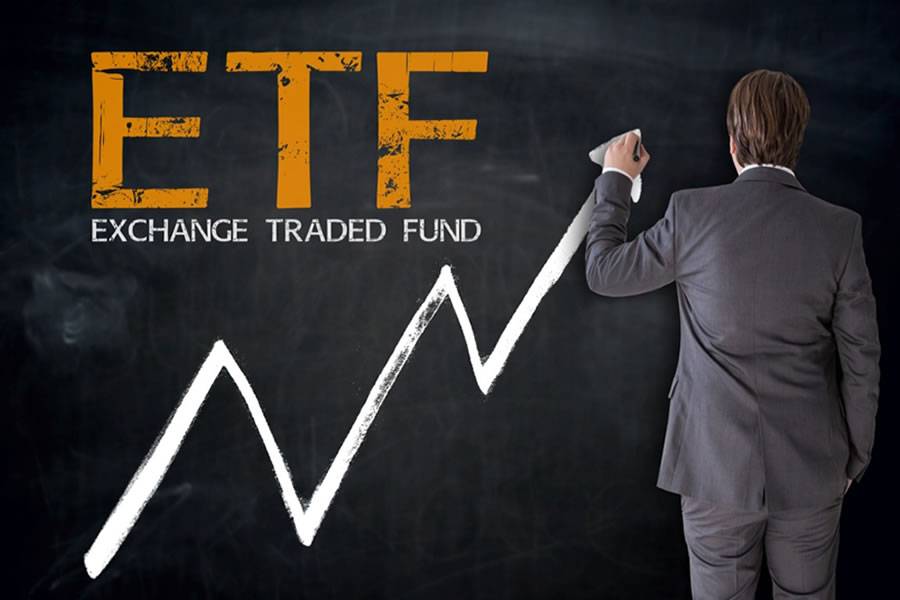Surge in ETF Popularity Continues: Insights, Trends, and Future Prospects
- 26-09-2023
- Business
- Canarian Weekly
Exchange-traded funds (ETFs) are steadily capturing a larger share of total fund volume across the globe, and the UK is no exception. Global ETF assets under management (AUM) grew from £190 billion in 2003 to £9.1 trillion by 2022. This article looks at this continuing surge in interest in ETFs, the factors driving this surge, and its future outlook.
With this surge in popularity comes new investors. Investors should know how investing ETFs work if they want to capitalize from it. ETFs, or 'exchange-traded funds,' are funds that trade on exchanges, just like their name suggests. They're often designed to mirror a specific index. When you invest in an ETF, you're essentially buying a bundle of assets that you can trade like stocks during regular market hours.
The concept of ETFs emerged in 1990 through the efforts of American investment firm Leland, O'Brien, and Rubinstein (LOR). They envisioned the combination of multiple stocks into a single entity, traded collectively on a stock exchange.
The first modern ETF, known as Toronto 35 Index Participation Units (TIPs 35), was introduced on the Toronto Stock Exchange in the same year. This financial instrument tracked the TSE-35 index. In January 1993, the S&P 500 Trust ETF was launched, remaining one of the most actively traded ETFs today.
Factors Driving ETF Popularity In The UK:
In recent years, several compelling factors have been driving the growing popularity of ETFs in the United Kingdom including;
· The rise of Active ETFs
The debate of whether investors prefer active or passive ETF strategies is not likely to be resolved anytime soon. However, the current market conditions show that investor preference for active over passive ETFs has grown over time, with more traders participating in trading active ETFs. The average daily trading volumes of active ETFs have nearly doubled this year, and the bid-ask spreads have tightened by over 18%.
· Cost efficiency
ETFs offer a straightforward and efficient means of gaining exposure to a diverse range of financial assets, including commodities, bonds, stocks, and even real estate. Unlike mutual funds, ETFs do not carry the same trading fees and expense ratios. Additionally, they provide investors with the flexibility of opening and closing positions multiple times a day, similar to stock trading.
· ETF Conversion from Mutual Funds
Active mutual fund managers are increasingly transitioning their strategies into ETFs, driven by favourable tax conditions and regulatory considerations. Since March 2021, over 50 mutual funds, collectively worth more than $60 billion, have made the transition to ETFs, according to the Fidelity report.
Potential Risks and Concerns when trading ETFs:
ETFs are not immune to risks:
· Liquidity issues: Niche or less popular ETFs may suffer from lower liquidity, leading to wider bid-ask spreads and potentially higher trading costs for investors. Ensuring adequate liquidity is crucial when investing in these funds.
· Market volatility: ETF performance can be impacted by market volatility, especially during periods of rapid market swings. In extreme situations, ETF prices may deviate from their underlying net asset values (NAV), leading to potential losses for investors. Synthetic and leveraged ETFs can introduce higher risk by utilizing derivatives and leverage to amplify returns. Additionally, ETF prices are influenced by supply and demand in the secondary market and may not consistently align with their NAV, presenting both arbitrage opportunities and potential risks for investors.
Future outlook:
Future projections show that by 2027, global ETFs will account for about 24% of total fund assets under management. UK Investors can expect a continued pivoting of the ETF market, particularly in the innovation-focused segments of active and thematic ETFs.
Final thoughts:
The ETF market in the UK has seen remarkable growth, surpassing $6 trillion in assets under management by the end of 2022. Key drivers include the rise of active ETFs, their cost efficiency and flexibility, and favourable tax and regulatory advantages. Despite their popularity, Investors are advised to take caution when investing in ETFs as it comes with risks. The ETF market is only projected to keep growing and evolving, particularly in innovative areas like active ETFs, offering UK investors exciting opportunities in the years to come.


























































